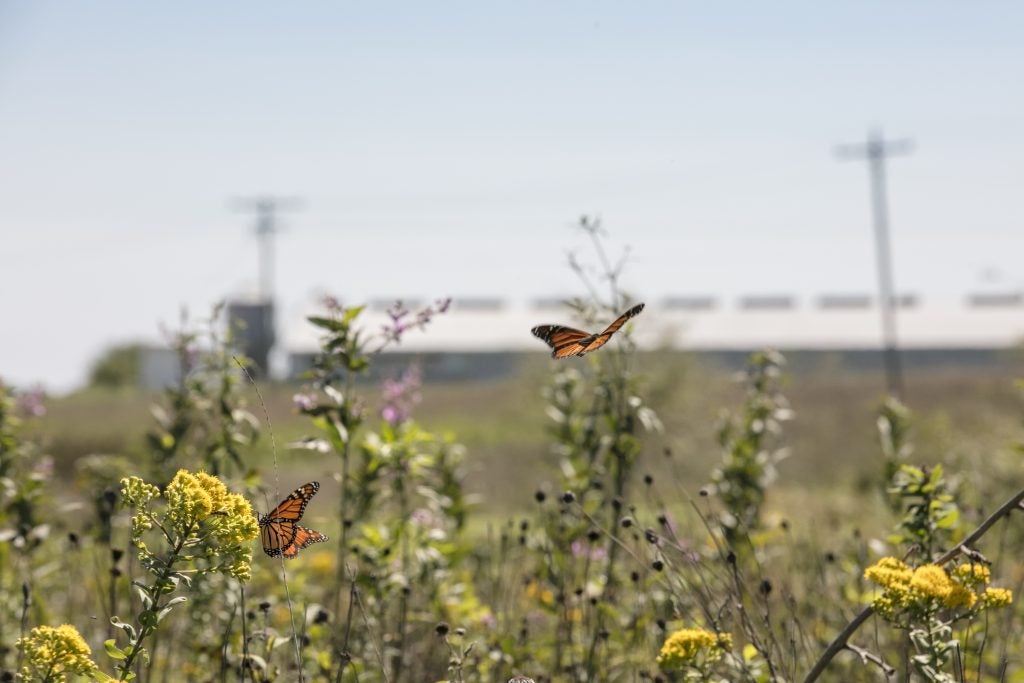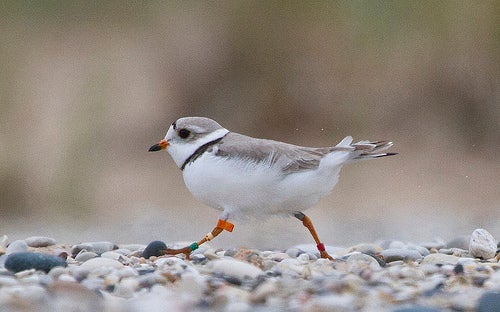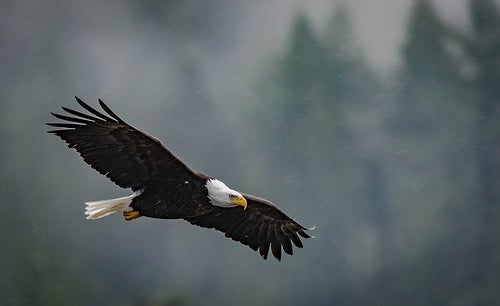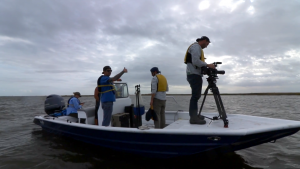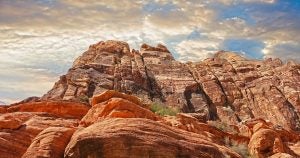This op-ed was originally published in The Coastland Times.
Last week as Hurricane Lee tracked northward through the Atlantic, North Carolina’s coastal areas saw coastal flooding and beach erosion from storm surge and powerful 17-foot waves. At Cape Hatteras, the storm’s erosion uncovered a buried fence from the 1800s. Elsewhere, roads and neighborhoods experienced flooding. Those effects were felt despite Lee being more than 300 miles off our coast. We were fortunate the monster storm didn’t come any closer to our shores. These tropical systems, along with Nor’easters and other more frequent storm events take a toll on residents, business owners, and our state’s natural resources, including important fish and wildlife habitat.
As we mark National Hunting and Fishing Day, it’s worth taking stock of how increasingly intense and more frequent severe weather events are impacting our marshlands, wetlands, and sounds, which in turn directly – and adversely – affects our coastal communities and our hunting, fishing and outdoor recreational history and traditions. Read More










